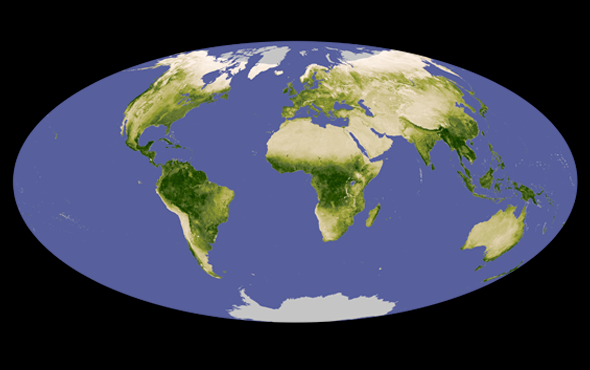U.S.
Analysis of radar records revealed that at their height more than 45 million grasshoppers—30.2 metric tons—swarmed Las Vegas one 2019 summer night. Artificial light and an unusually moist spring likely caused the onslaught.
MEXICO
An ancient “eagle shark” fossil, discovered in Nuevo León, has long, thin fins that stretch about 1.9 meters—farther than its 1.65-meter body length. A new study suggests the shark lived 93 million years ago and filled a filter-feeding niche that is held by manta rays today.
NORWAY
Researchers at last identified the origin of translucent spheres, up to a meter wide, found by divers off western Norway: the almost featureless blobs each carry hundreds of thousands of squid eggs in mucus. Samples from the spheres revealed embryos of the species Ilex coindetii at different stages of development.
RWANDA
Young mountain gorillas that lose their mothers fare just as well as their peers that do not, according to 53 years of data from the Gorilla Fund's Karisoke Research Center. The social group apparently helps raise the young apes, avoiding ill effects seen in many primates and other social animals.
RUSSIA
Underneath Siberia's Lake Baikal, Earth's deepest lake, a large new neutrino-detecting telescope has joined the quest to measure these almost massless subatomic particles. The freshwater and ice deflect cosmic rays but let through neutrinos—and maybe dark matter and other exotic particles—to hit the telescope's detectors.
JAPAN
Cherry blossom season's peak this year came at its earliest yet, according to records stretching back to A.D. 812. The previous earliest peak occurred one day later than this year's, in March of 1409. Japan's detailed records of such events help scientists track changing climate conditions.

